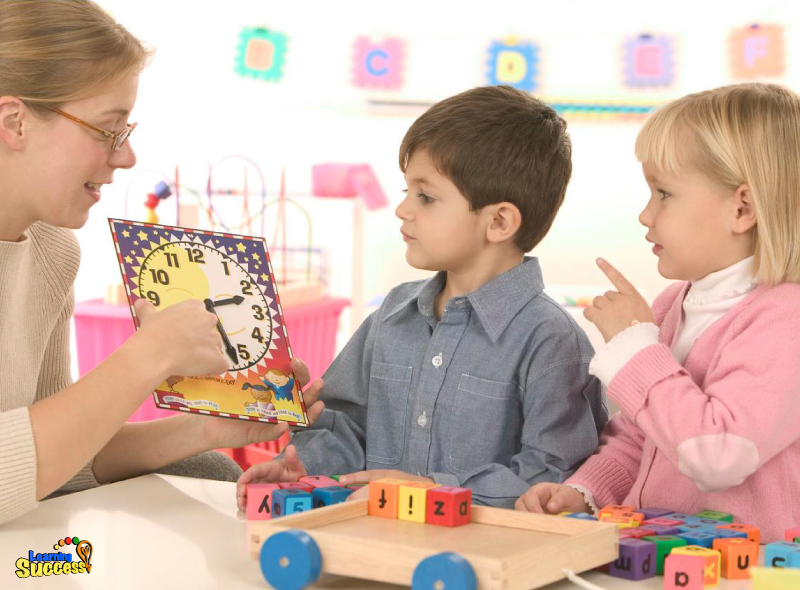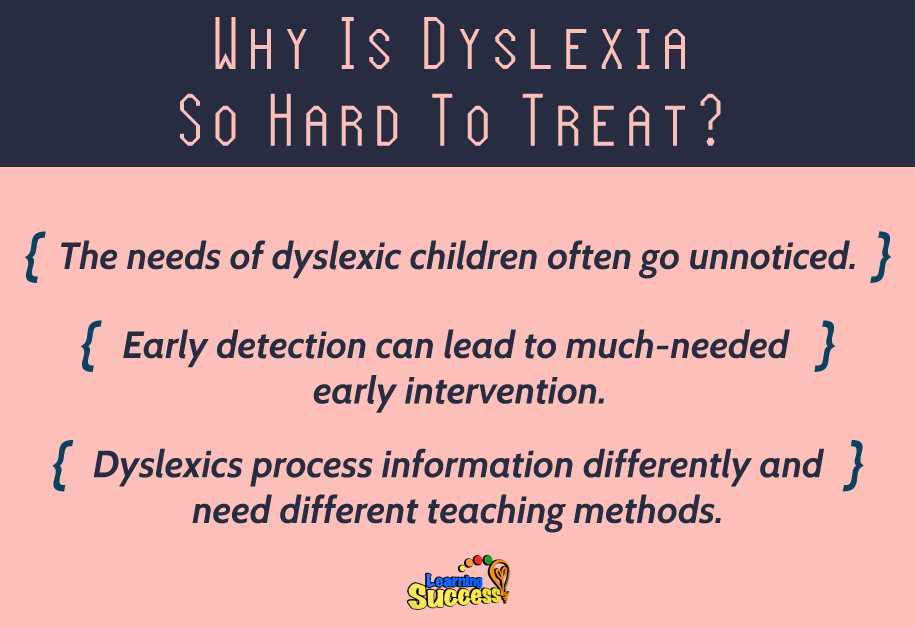
Dyslexia can be a confusing disorder to pin down, from diagnosis to intervention. Even the methods used to help children who suffer with it can be hard to tread through.
There are not enough solutions for teaching a student with Dyslexia.
Sadly, the educational system tends to be overwhelmed by cases of dyslexia, and which makes it challenging to come up with a solution that works for everyone. In fact, according to the article Dyslexia and the Power of Teacher Expectations, an estimated 600,000 schoolgoing children with dyslexia have their special needs go completely unnoticed by their education system.
Thankfully, change is coming. According to the article Teachers Learn to Reach Out to Dyslexic Students, the Dyslexia Association of Malaysia has invited about 100 teachers to attend a special training session to help them identify children with dyslexia. These training seminars taught them how to cater teaching styles to dyslexic students, and should aid in solving the riddle that is dyslexia. The response so far has been overwhelmingly positive.
But to understand the training they're going through, we must delve into what makes dyslexia such a challenging disorder to begin with.

Dyslexia has nothing to do with intelligence
According to teaching experts, children with dyslexia can be very bright. The root of their issues instead lies in the way their brain specifically processes information. As such, the earlier a teacher detects dyslexia, the better the odds the student will eventually overcome it. Dyslexia isn’t a life ending problem, after all -- it can be easily fixed, and teachers are getting in line to help.
In fact, with appropriate teaching methods, most dyslexic kids go on to lead successful lives.
With that in mind, it becomes more understandable that many dyslexics would benefit from a multi-sensory approach to learning. For example, the alphabet is best recognized and understood for dyslexics in terms of similarities of shapes. Before the training, none of those 100 teachers had any idea that dyslexics actually learned things differently.
Early diagnosis and intervention is vital
There are many dyslexic children who go through the education system without being noticed. When they have problems processing words into meaningful information, they end up having difficulty reading and learning from the start. To get these students help early, teachers need to be able to identify new ways of identifying these children. This is another reason the teacher training is so important.
The main objective of these courses is to get all teachers to reach out to children with dyslexia as early as possible. Students can get the help they need very early in life, as long as teachers are taught the right techniques to identify and teach those students.
Learning differently can be an asset or a detriment. The difference is in whether or not the teaching system used helps strengthen the underlying difficulties by building up the Learning Micro-Skills and at the same time capitalizes on the students' strengths.
Key Takeaways:
There is hope
Dyslexia can one of the most mentally-debilitating disorders in existence. And still, so many cases go unnoticed or not diagnosed. Remember: there are over 600,000 children that suffer from this as we speak. But as these teaching seminars have shown, dyslexia is absolutely not a life-ending problem, and many children with dyslexia are very bright and intelligent. The sooner it is diagnosed, and the better we get at catering our teaching styles to their way of learning, the better off everyone will be.
In the US our school systems are not positioned to handle this problem effectively. A lot of bureaucracy stands in the way of fixing that. It will probably be decades before there is a reasonable solution.
It won't happen in time to help today's students. Fortunately, parents can take action themselves and cover their child's unique needs with an easy at-home program like the Learning Success System.
“Is your child having difficulty with reading or other academics?” “Wondering if it’s dyslexia?” Use our free dyslexia test to get answers. Simply answer a few easy questions and find out now
You can get this analysis for free by filling out this simple form. This will help you get to the bottom of a learning difficulty and provide you with a solution. If you are ready to put this problem behind you click the button below and fill out the form.










